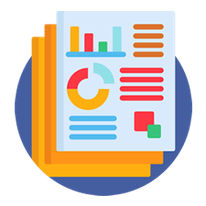Key Features:
No. of pages: 92
Abstract:
Assistive Technology for Children with Learning Disabilities (ATCLD) was developed in response to the language and arithmetic challenges faced by learners with dyslexia of Eros Girls School (EGS). This development followed requirement elicitation and is intended for grades 5 - 7. Having discussed the above, Assistive Technology (AT) is any item, piece of equipment, or product system, whether acquired commercially off the shelf, modified, or customized, that is used to increase, maintain, or improve the functional capabilities of children with disabilities (“Assistive Technology Device”, 2004).
As a counterexample to numerous schools in Namibia, EGS enrolls and educates pupils diagnosed with learning difficulties in regular teaching and learning environment. Equally, the Ministry of Education (2009) states that Namibian classes have a wideband mixed ability range of learners, and learners with special educational needs are often included in mainstream schools. In response to the dilemma outlined, this study developed ATCLD which is characterized with text to speech features to enable compensatory learning that emphasizes repetition. The endeavor of ATCLD pursued the following methods; the Initial and final stages utilized qualitative; case study and quantitative; experimental techniques respectively. Mixed methods state the blend of these approaches.
The inferential statistics of the ATCLD, a part of the text–speech assistive technologies of Namibia now, associate younger children with the most improved marks. This implies that younger children have the capacity to create new schemas for information. It is reasonable to acquaint them with basic knowledge, since doing this at a later stage may implicate. Furthermore, the widespread input and output text-to-speech and speech-to-text assistive technology would expand this research in the future.
Buy Now
